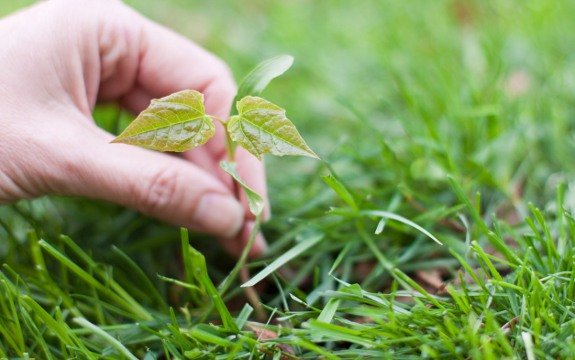Don’t Call them Weeds: Why Volunteer Plants may be more Important than You Think

 Are you one to spread chemicals on your lawn to eradicate everything but the grass seeds planted, one to turn on the mower and just cut (because it’s all green when it’s cut short enough), or do you investigate each “weed” to determine what it is and whether or not it’s useful? The truth is, many weeds serve a purpose and may be more important than you think.
Are you one to spread chemicals on your lawn to eradicate everything but the grass seeds planted, one to turn on the mower and just cut (because it’s all green when it’s cut short enough), or do you investigate each “weed” to determine what it is and whether or not it’s useful? The truth is, many weeds serve a purpose and may be more important than you think.
A growing number of people are starting to see the value in weeds, people who are interested more in the food and medicinal value of plants than they are the aesthetics, and those who realize the plants we commonly refer to as “weeds” could really be the future of sustainable eco-consciousness.
Lewis Ziska is a plant physiologist with the USDA’s Agricultural Research Service. He studies weeds and their applications in human health and food production. As of late, he’s been looking very closely at a wild plant known as red rice.
As EcoWatch reports, Ziska is cautious to not call red rice a weed, but rather refers to it as “skanky rice,” or wild or feral rice.
“A weed is a plant whose virtues have yet to be discovered,” says Ziska paraphrasing Ralph Waldo Emerson. Others in his field largely classify weeds as unwanted plant species, but Ziska sees the potential in those like red rice.
In his lab, Ziska found red rice to thrive under conditions created by global warming. Mimicking what the earth’s climate will be around 2050, Ziska found red rice adapts to the increased carbon dioxide and heat, producing 80 to 90 percent more seed than cultivated rice. Harvesting red rice poses problems, however, so researchers are looking to cross-breed varieties in an effort to get the best of both worlds.
Read: Purslane – Just a Weed, or an Unrecognized Healing Plant?
Weeds, like red rice, have existed for centuries for reasons. They are resilient; they adapt and thrive under conditions other cultivated plants do not. Red rice is so invasive and so covert, it can overtake a field of cultivated rice, cutting yield by 80 percent. It is edible, but again, it is difficult to near-impossible to harvest. As soon as a seed develops, it drops to the ground and shatters.
The goal with red rice, as with many other weed varieties, is to transfer traits to cultivated strains—to spread the benefits throughout plant varieties.
Ziska says, “the feral cousins of today’s crops may allow us to adapt to meet food security needs.”
Strip away the labs and the microscopes, and Ziska’s statement is still true. Volunteer plants that many yard-keepers work tirelessly to eliminate can be used for both food and medicine, no cross-breeding required.

This article panders to my prejudice; the problem is I possess little knowledge of the benefits and harm of wild plants; I would love to know more.